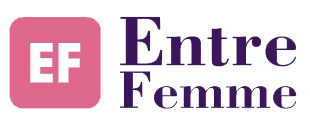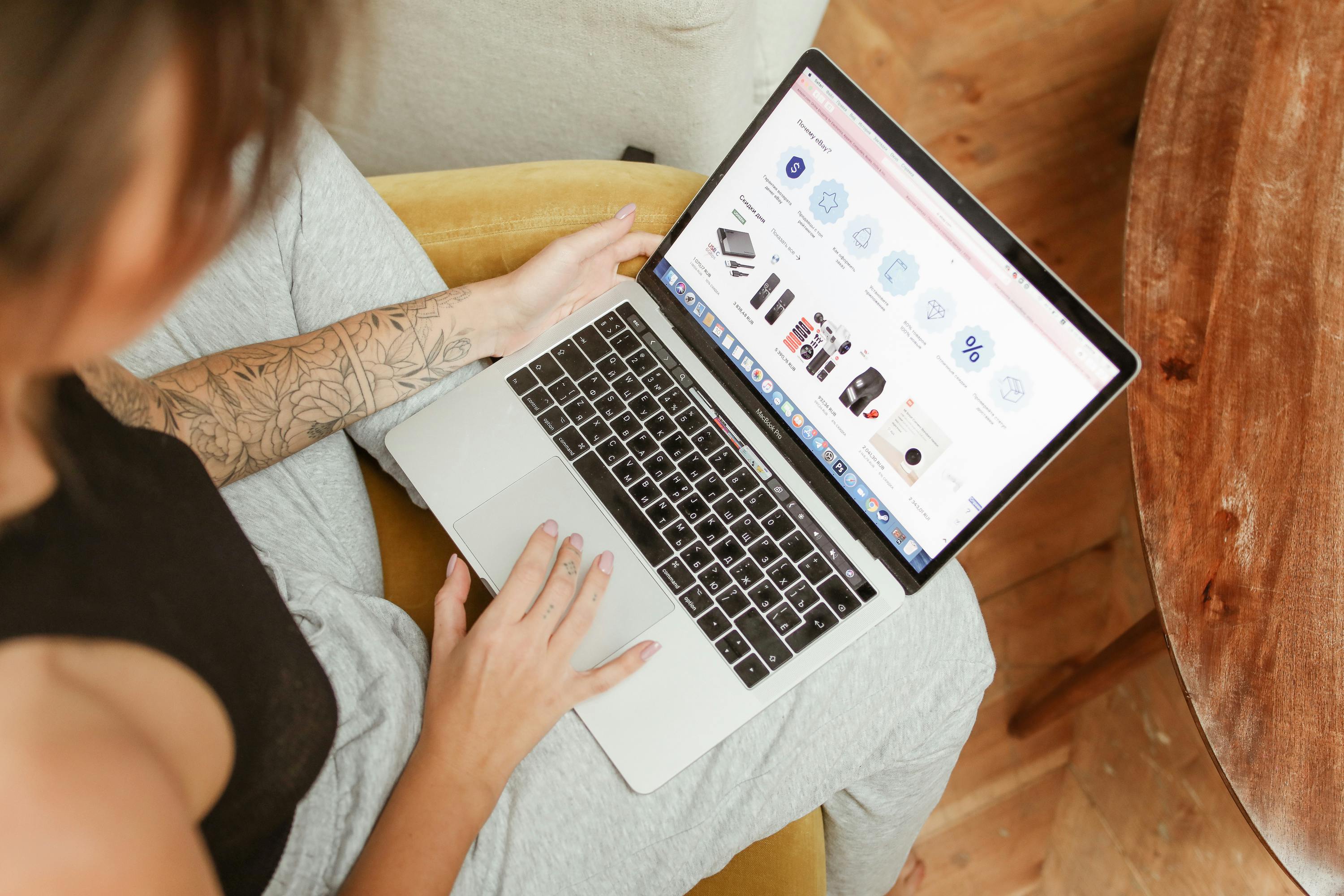How to Start a Profitable Online Business from Scratch: The Sophia Amoruso Story
From Zero to Online Hero: Launch Your Digital Biz Like Sophia Amoruso
- David Parker
- Jul 30, 2025
- 0 Comments
- 89 Views
IBuilding a profitable online business might seem like a saturated dream, but real stories prove otherwise. This article doesn’t just list steps; it follows the inspiring, gritty, and raw journey of Sophia Amoruso from dumpster diving to multimillion-dollar entrepreneur. Whether you're starting from zero or simply feeling stuck, her story reveals how resourcefulness, consistency, and bold branding can pave the way to success.
Step 1: Find a Niche That Works (Even If It's Not Glamorous)
Sophia didn’t start with a business plan or funding. At age 22, with no college degree and a string of odd jobs behind her, she stumbled into a niche: selling vintage clothing on eBay. What began as an experiment became a full-time hustle.
Takeaway: You don't need a "genius" idea. You need a market gap and the curiosity to explore it. Start with what you already know or can easily learn.
Step 2: Use the Tools You Already Have
No fancy studio, no web designer. Sophia used a basic camera, took styling cues from MySpace, and created compelling listings. Her photography skills (learned casually) and sense of style turned used clothes into desirable products.
Start with:
- A phone with a decent camera
- Free design tools (Canva, Snapseed)
- Social media to test your visual identity
Platform ideas: Start with eBay, Etsy, or Vinted, then move to Shopify or WooCommerce.
Step 3: Build a Strong Brand Early
From the start, Sophia didn’t just sell clothes she sold an aesthetic. "Nasty Gal" wasn't just a name; it was a rebellious, confident, edgy brand. Her tone, visuals, and product choices attracted a very specific type of buyer: bold young women looking for something different.
Ask yourself:
- What does my brand stand for?
- Who do I want to attract?
- Can someone recognize my product in 3 seconds?
Step 4: Scale With Intention, Not Ego
By 2008, Sophia had moved off eBay and launched NastyGal.com. Revenue jumped from $223,000 in 2008 to $23 million by 2011. She raised $50 million in VC funding. But this growth came at a cost.
In 2016, Nasty Gal filed for bankruptcy. Why? Sophia admits: "We scaled too fast, without enough systems."
Lesson: Don’t grow for growth’s sake. Focus on infrastructure, hiring smart, and managing cash flow. Use tools like Notion, QuickBooks, and Slack to stay organized.
Step 5: Evolve Beyond the Business
After the fall of Nasty Gal, Sophia launched Girlboss, a platform empowering women through content, events, and tools. She published her bestselling memoir, #GIRLBOSS, which Netflix adapted into a series. Today, she invests in startups through her new project: Trust Fund.
Moral: Failure isn’t the end. It's often the pivot to your next big thing. Your personal brand can outlive your first business.
Essential Tools to Launch Your Online Business
Whether you're selling fashion, digital products, or coaching:
- Shopify / Gumroad / Podia: to host and sell your product
- Canva / Figma: to design your brand identity
- ChatGPT / Notion AI: to brainstorm, plan, and write
- Stripe / PayPal: to accept payments globally
- Mailchimp / ConvertKit: to manage newsletters and community
FAQs Answered (Based on Sophia’s Journey)
What are the first steps to launching an online business?
Start with a small idea. Validate demand. Use existing platforms. Focus on branding.
How much does it cost to start?
Less than $100 if you're scrappy. Sophia started with thrifted clothes and a camera.
Most lucrative online business models?
Ecommerce (niche), digital products, memberships, and online services.
How do I find my niche?
Mix passion with proven demand. Sophia loved vintage fashion and saw it sell.
Best tools to succeed?
Start with free ones. Upgrade when your revenue allows.
How do I market?
Start where your audience is (TikTok, Instagram, Reddit). Use storytelling. Share your process.
Then vs. Now: What Has Changed (And What Will Never Change)
Sophia Amoruso’s journey is inspiring, but it unfolded in a very different environment from the one we live in today. Here are a few key differences to keep in mind, so you don’t fall into the trap of thinking “it was easier back then.”
What Has Changed:
- Competition is way tougher.
In 2008, selling on eBay with great photos was enough to stand out. Today, almost every niche is saturated. You need to work on your brand identity, your marketing strategy, and most importantly, bring real value. - Social media is saturated.
Back then, platforms like MySpace or Tumblr gave you organic reach for free. Today, algorithms are less generous. You need to know how to use TikTok, Instagram Reels, and YouTube Shorts strategically and sometimes invest in ads. - Consumers are more demanding.
People now expect well-presented products, fast and friendly support, and strong ethical values. The customer experience is just as important as the product itself. - Technology has exploded.
Today, you can build a profitable business with no code, automate a ton of tasks, and test ideas in hours. Tools like ChatGPT, Canva, Notion, Shopify didn’t even exist in 2010.
What Hasn’t Changed (And Still Makes All the Difference):
- The ability to start with little.
Sophia started with no money, using a second-hand camera. That mindset still applies. It’s not about the tools it’s about what you do with them. - The power of personal branding.
Even in 2025, the most successful businesses are those with a clear and unique voice. People buy stories just as much as they buy products. - Consistency > Talent.
The people who win aren’t the most gifted they’re the most persistent. Posting regularly, learning on the go, tweaking, trying again… that’s still the proven formula. - Becoming a builder, not just a seller.
Sophia went from selling on eBay to founding Nasty Gal, and then creating Girlboss. You have to think like an entrepreneur not just someone “trying to make sales online.”
You can’t copy her journey, but you can copy her mindset.
What was “easier” yesterday now requires more strategy, clarity, and authenticity. But the opportunity is still huge especially for those who know how to use today’s tools with a pioneer’s mindset. Sophia Amoruso didn’t have a blueprint or a mentor. She had vision, hustle, and the willingness to learn in public. You don’t need to be perfect to start; you just need to start. So whether you're flipping vintage finds, creating AI-powered eBooks, or launching a coaching business, your success depends on how consistently you take imperfect action. The internet is wide open. What's stopping you?

 | Unlock Success with Our Guide
| Unlock Success with Our Guide



0 Comments